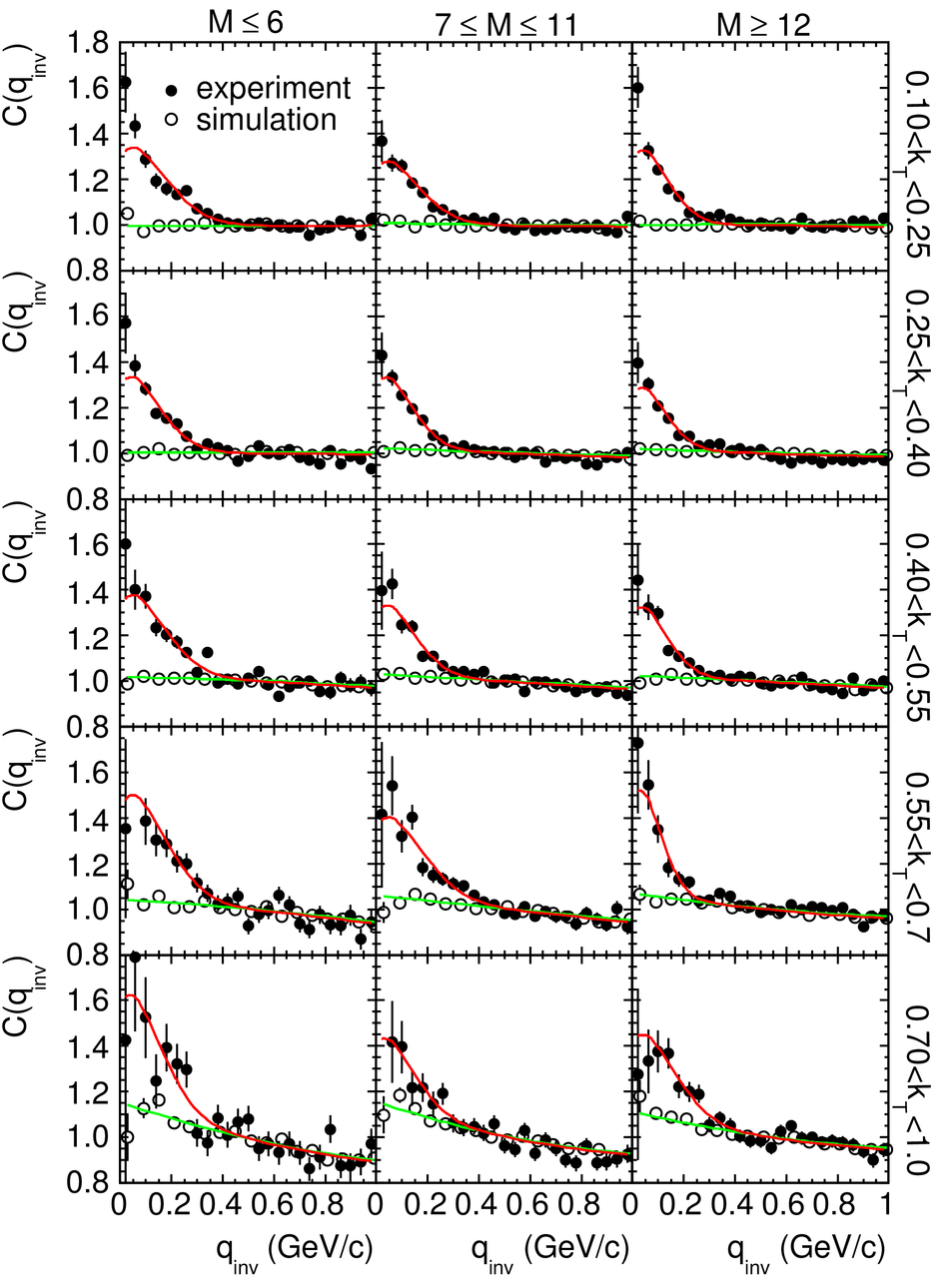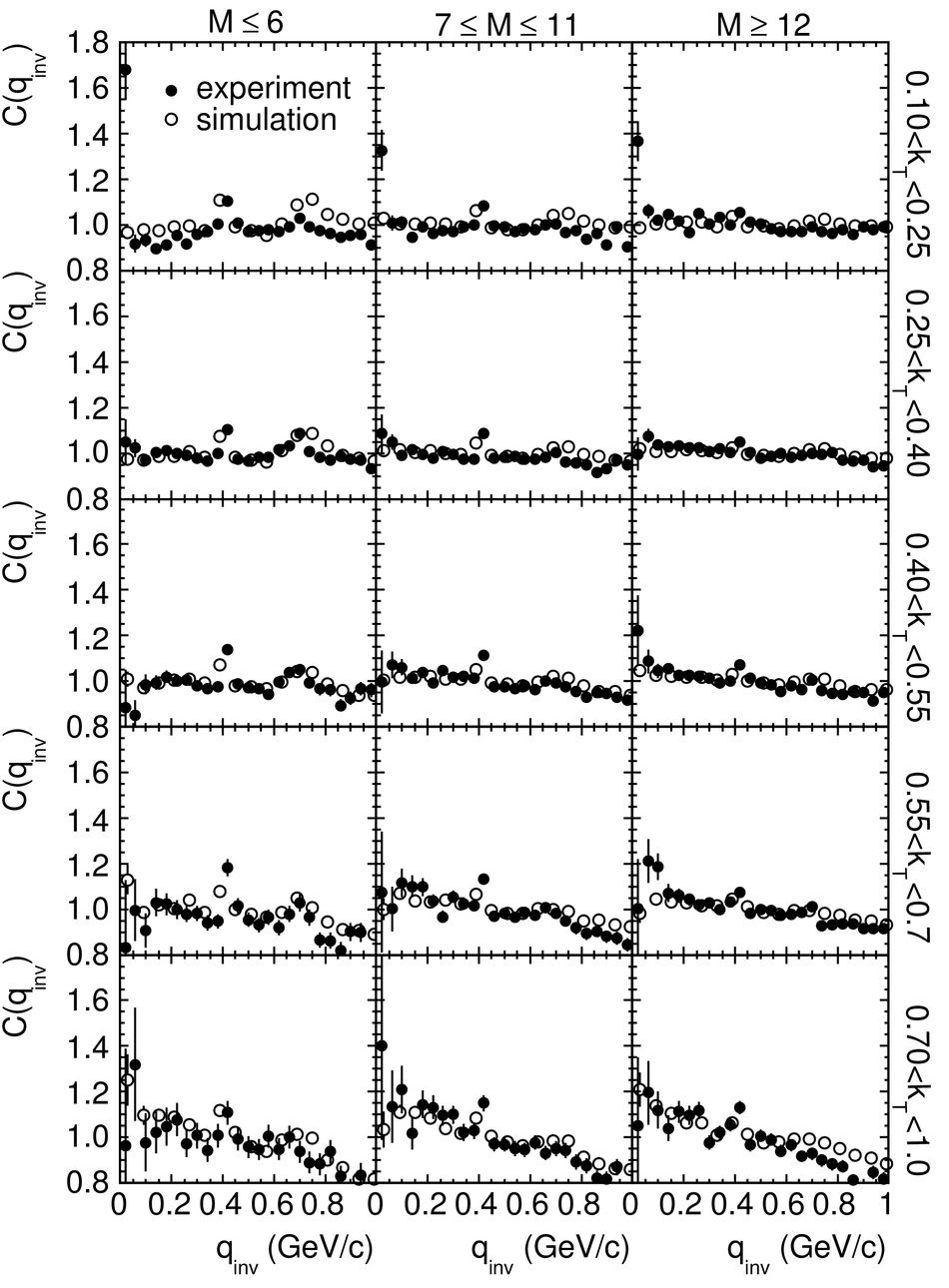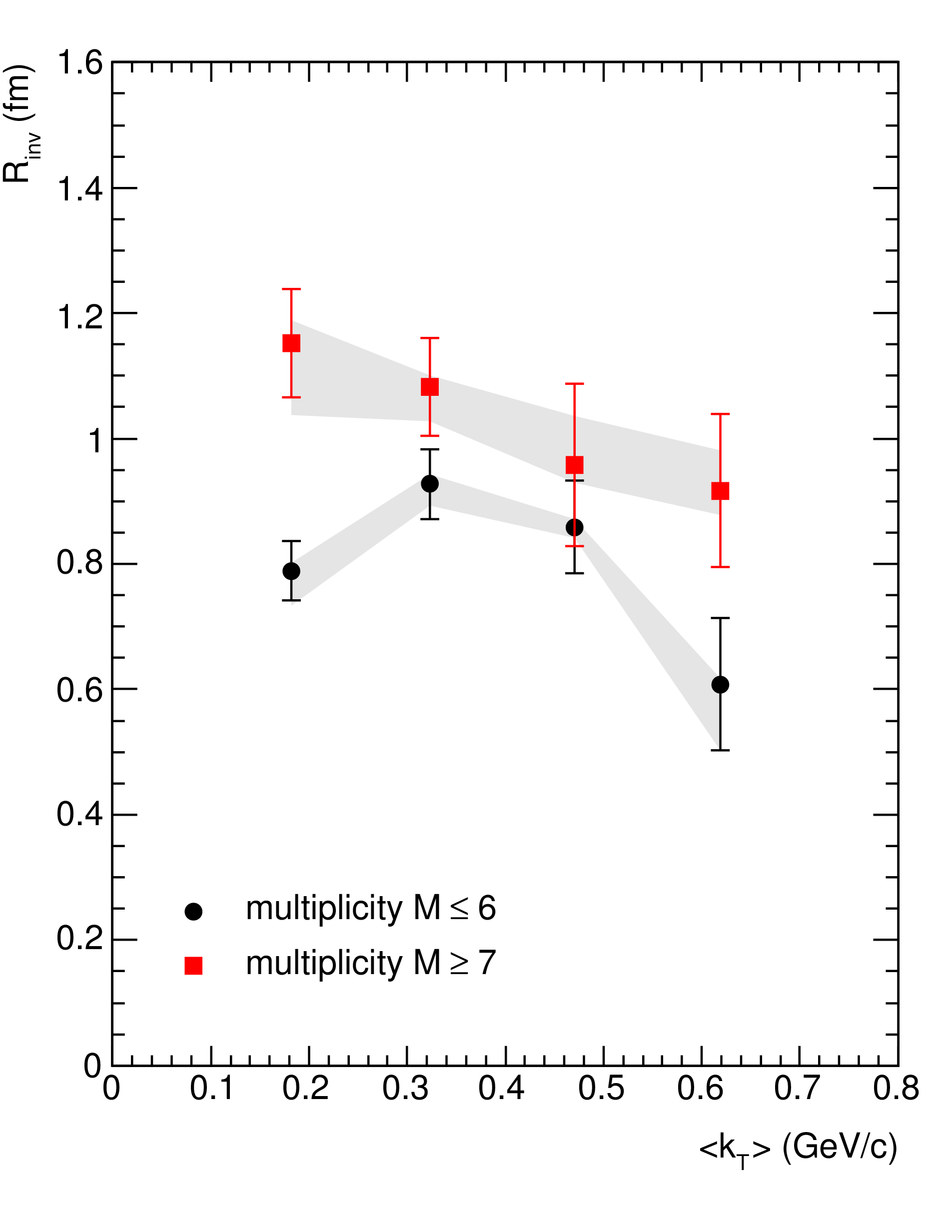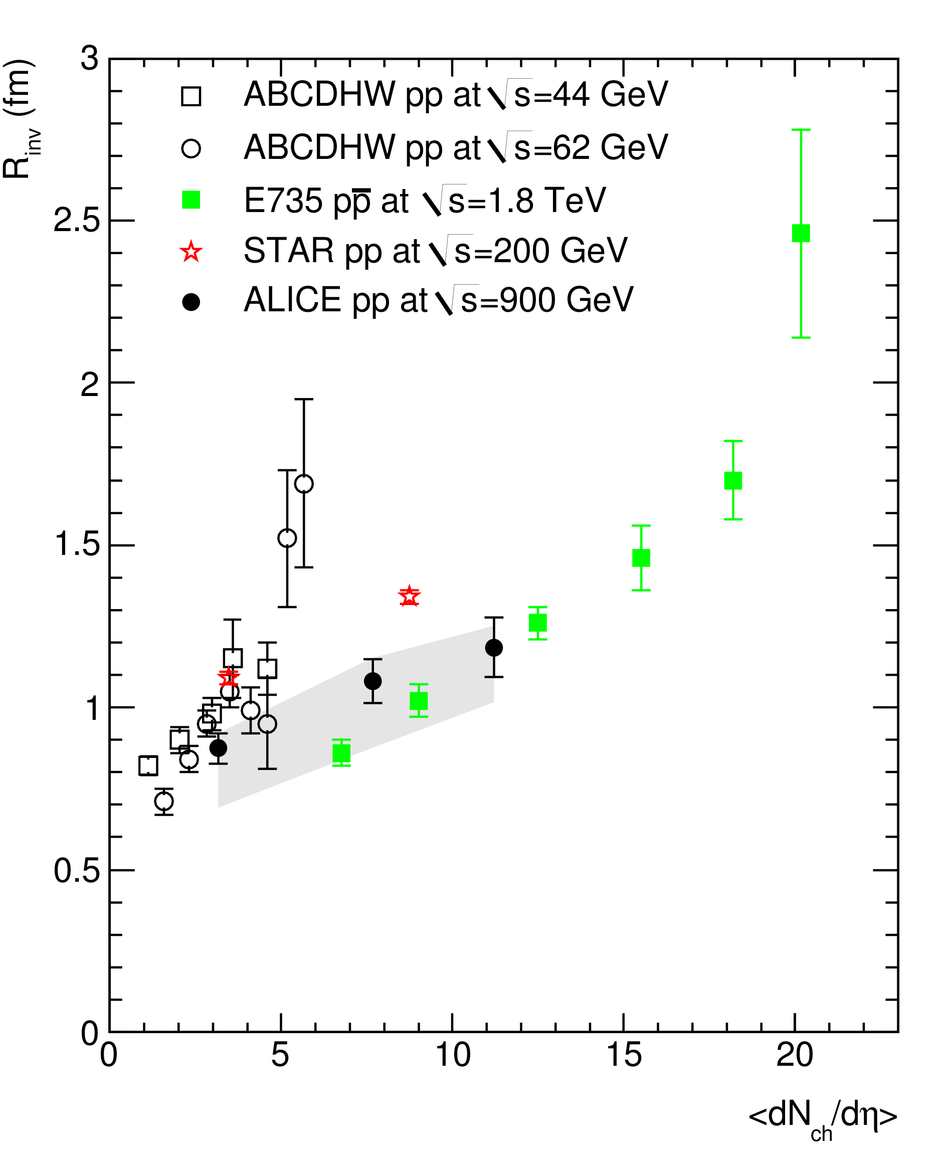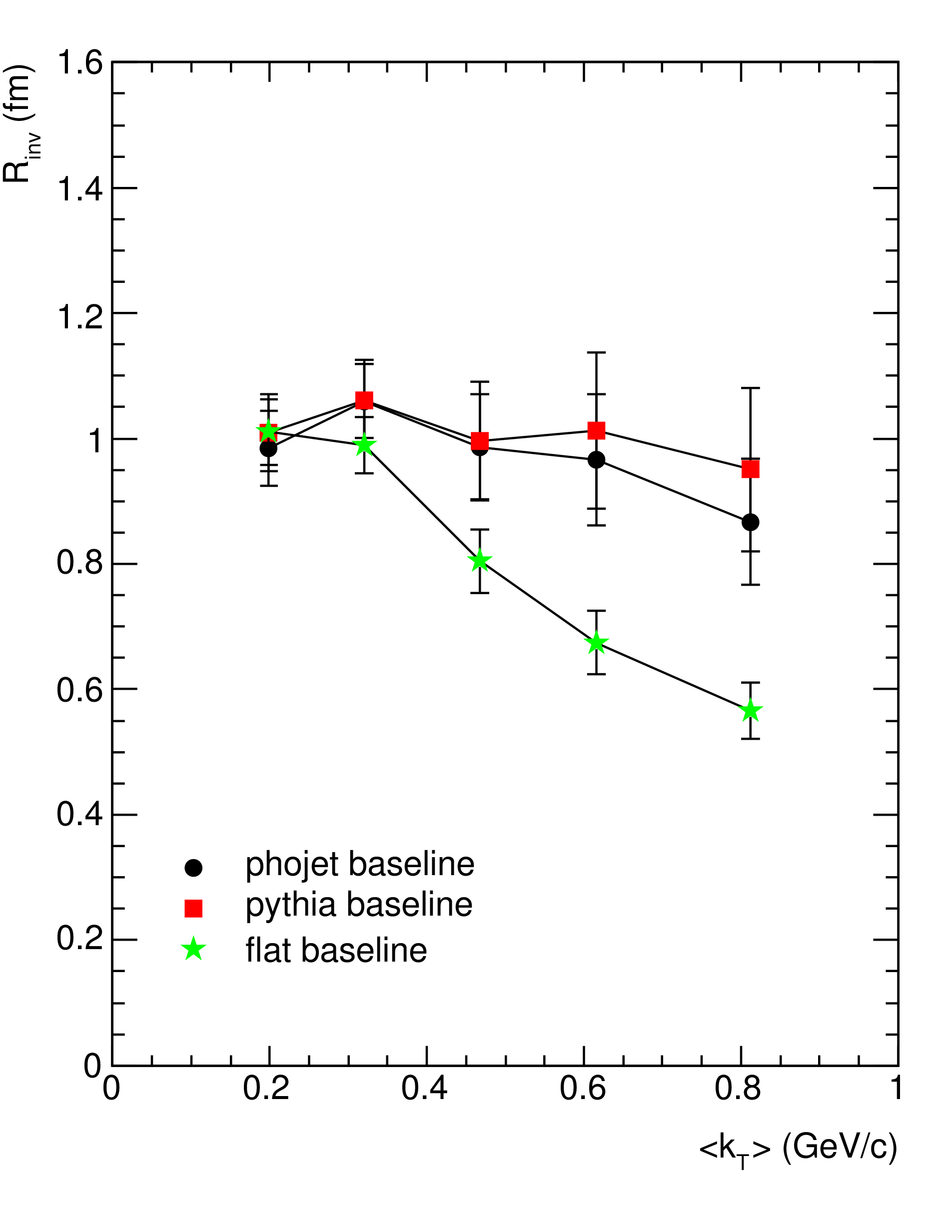We report on the measurement of two-pion correlation functions from pp collisions at $\sqrt{s}$=900 GeV performed by the ALICE experiment at the Large Hadron Collider. Our analysis shows an increase of the HBT radius with increasing event multiplicity, in line with other measurements done in particle- and nuclear collisions. Conversely, the strong decrease of the radius with increasing transverse momentum, as observed at RHIC and at Tevatron, is not manifest in our data.
Phys. Rev. D 82 (2010) 052001
HEP Data
e-Print: arXiv:1007.0516 | PDF | inSPIRE
CERN Record

